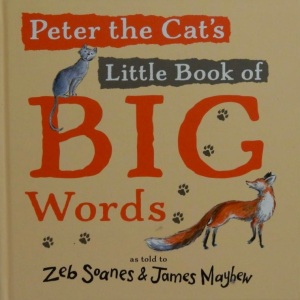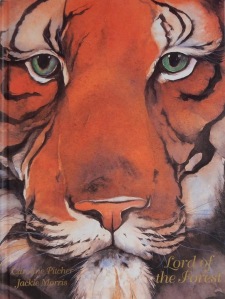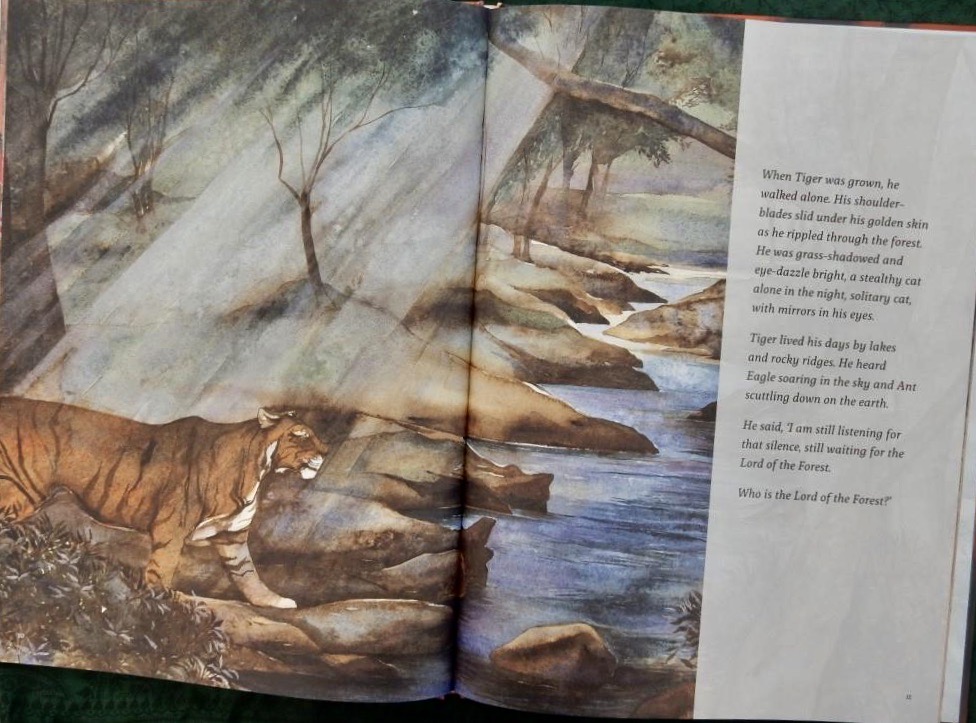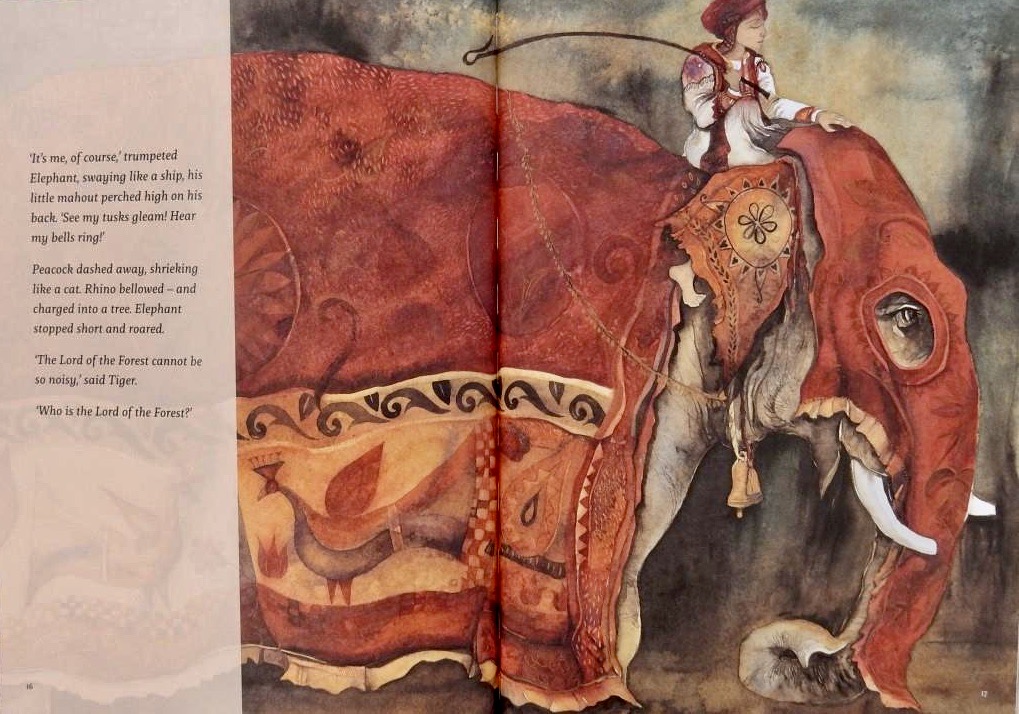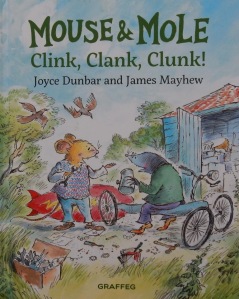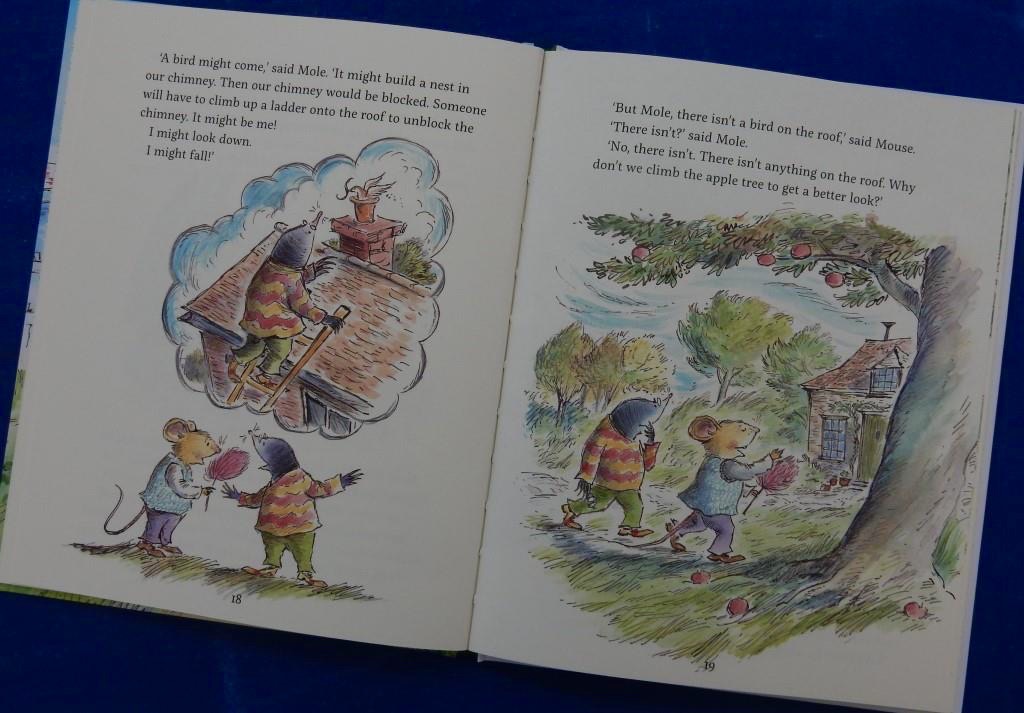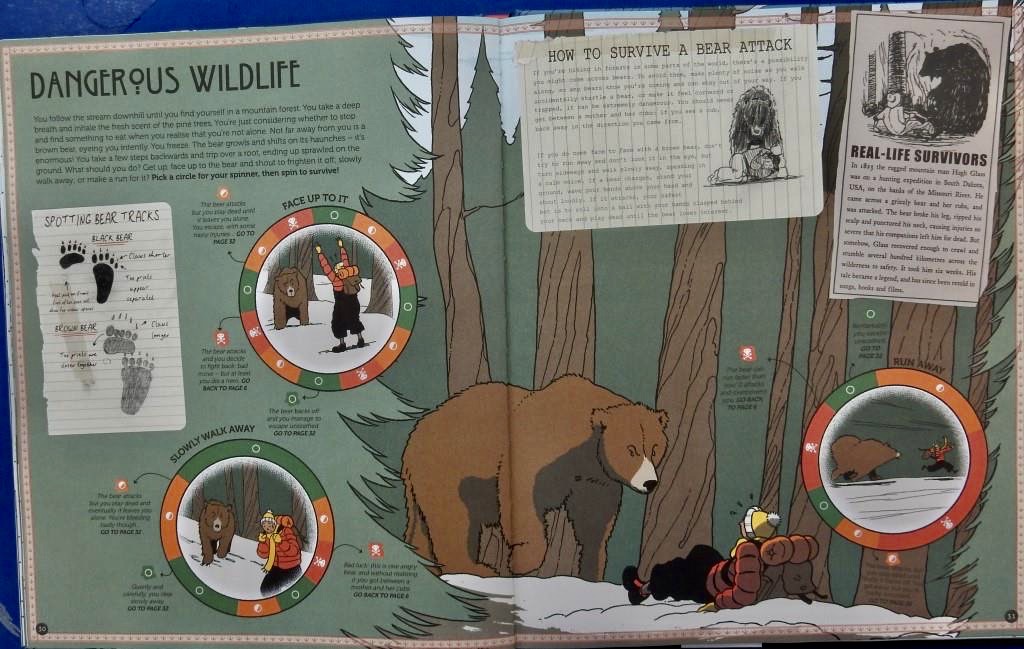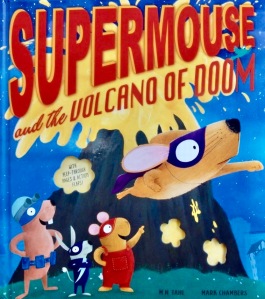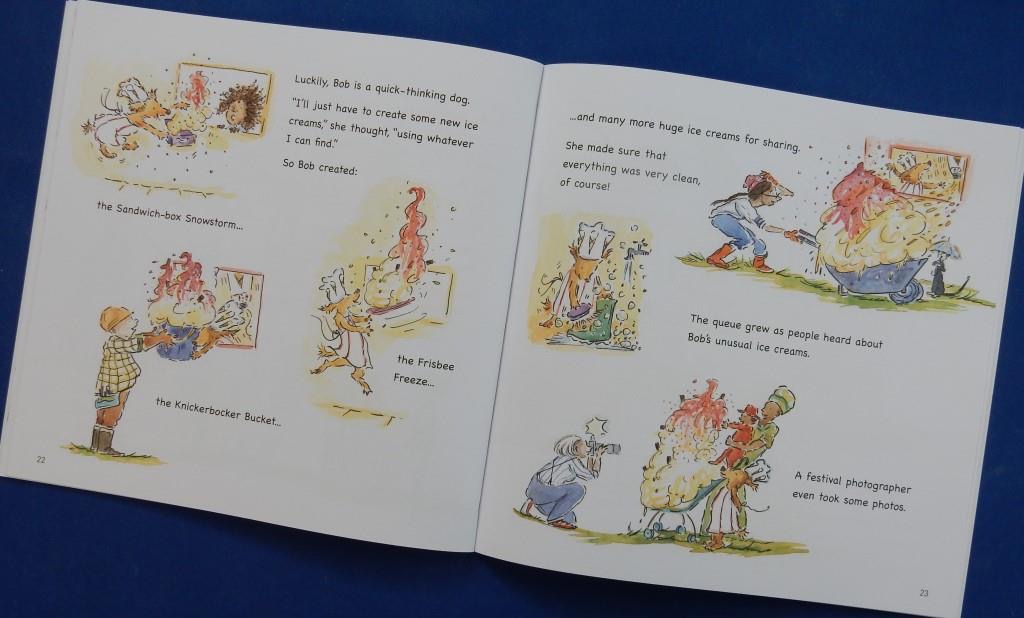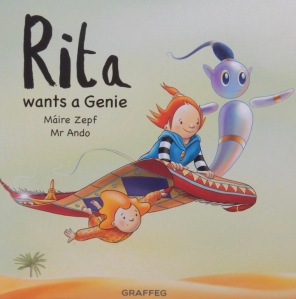
Christopher’s Caterpillars
Charlotte Middleton
Graffeg
While working in the garden with Posie, his best friend and fellow football lover, Christopher Nibble hears a strange munching crunching sound coming from his dandelions. It’s six hairy caterpillars feasting on his prize plants. What should he do? Certainly not let them continue eating his plants. Posie suggests they keep them as pets.They compile a list of possible needs and off they go to visit Mr Rosetti at his café. He amends the list and gives them some caterpillar keeping advice. The caterpillars munch and grow bigger and bigger until they’re no longer in their container.
The friends make some “LOST! ‘ posters and paste them all over Dandeville but nobody has seen the caterpillars. Then comes an email from Mr Rosetti, telling them to bring the jars that had housed the caterpillars to his cafe for inspection.

What do you think they discovered in those jars? Is it time to make some new celebratory posters.
With some lovely descriptions, this delightful story captures the wonder of nature and a life cycle especially well. Children who have already experienced the joys of keeping caterpillars may wonder why Christopher and Posie failed to notice the chrysalises in their jars.

The book concludes with two spreads of relevant information – Caterpillar Facts and How to Care for Caterpillars. If you missed it the first time around, (or if your original copy has been read to pieces) this book with its funky mixed media illustrations is one for sharing with young children either at home or in a foundation stage setting.

Maisy Goes for an Eye Test
Lucy Cousins
Walker Books
In this 23rd Maisy First Experiences story, young children join Maisy and her friend Ella when they attend the opticians to have their eyes tested for the first time. The reason for the visit is that Ella has trouble reading the number symbols written on the nursery blackboard. On arrival they sit in the waiting room until Flamingo, the optometrist is ready: Maisy goes first and is able to see everything whichever eye she uses. Not so Ella though; the optometrist uses her special machine to look right inside Ella’s eyes and promises to make some specs that will be just right for her eyes. Then with Maisy’s help Ella chooses some frames, the lenses are inserted, and she’s given a case to keep them in. Maisy selects a pair of sunglasses to wear in bright sunshine and with a promise to return for a check-up in a year, off they go , both sporting their new glasses.
This upbeat, reassuring story will help prepare little ones for their first visit to the optician.













